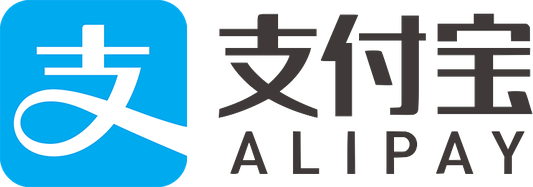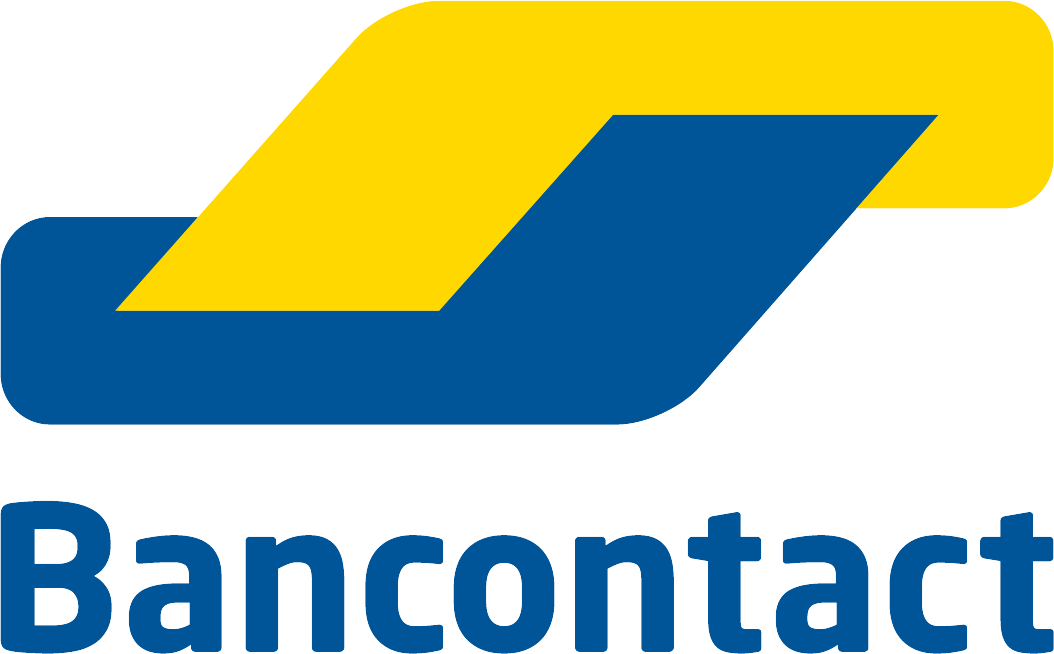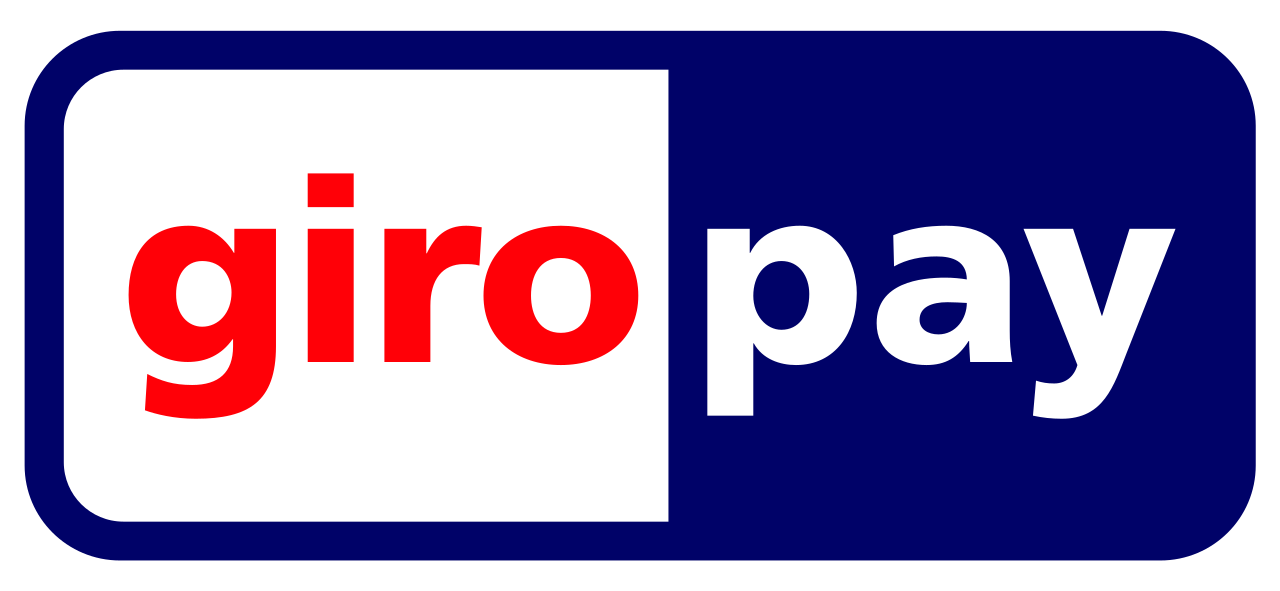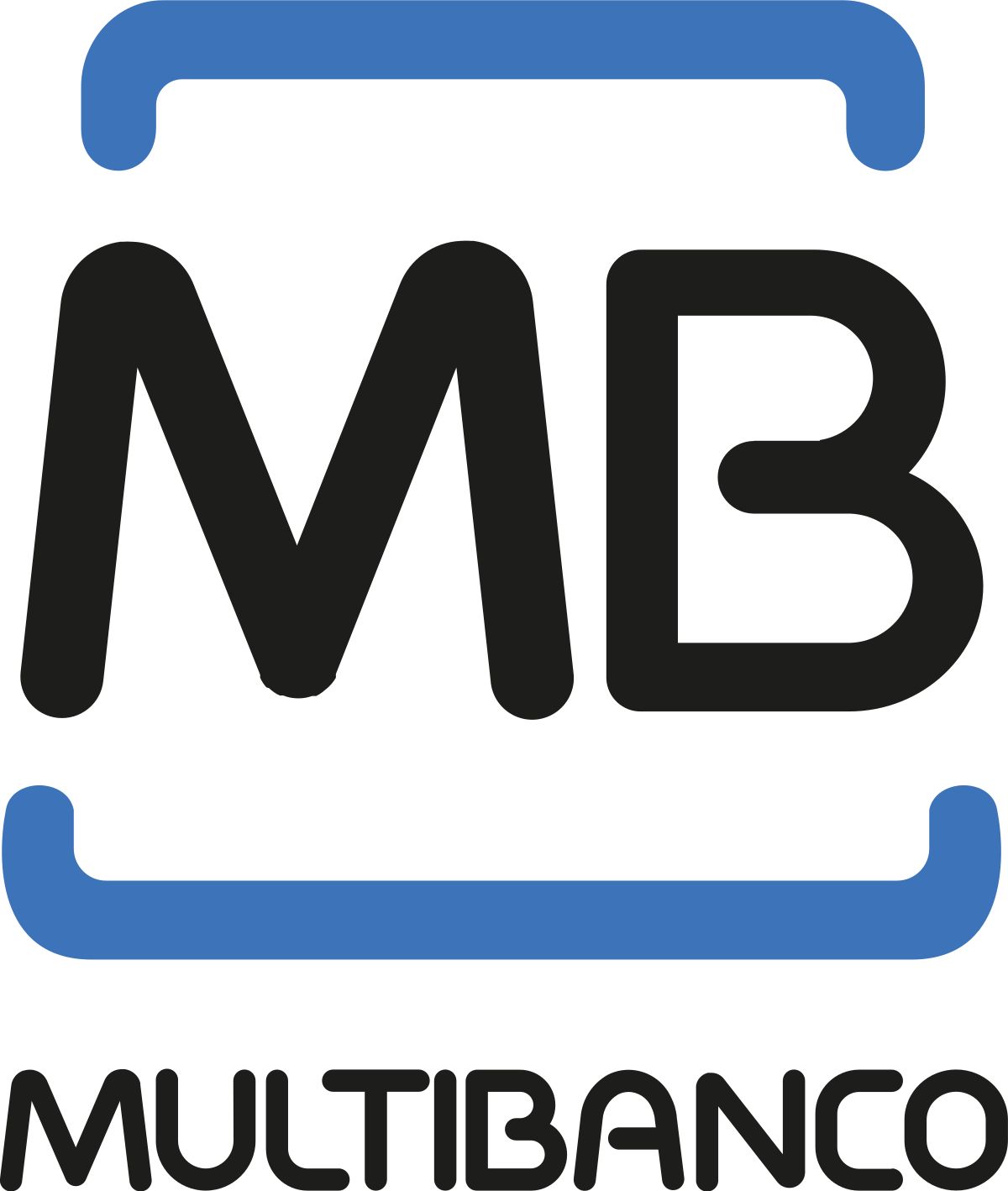
We help businesses accept payments online.
Successfully entering new markets is about more than just offering international shipping; it also means providing the payment methods that the local market expects in order to increase conversions and sales.
Salesforce’s eCommerce solution, Salesforce Commerce Cloud (SFCC) helps enterprise merchants to do exactly that.
This article takes a deeper look into understanding how the SFCC platform works, why integrating local payment methods within SFCC is essential for global success, the benefits and challenges of doing so, and practical strategies for implementation.
Key Takeaways
- Providing trusted payment methods helps businesses meet local preferences, improve customer satisfaction and trust, and encourages repeat business.
- Local payment methods help reduce payment friction, which increases conversion rates.
- Centralized payment processing streamlines reconciliation and reporting for merchants and leads to overall efficiency.
Need for Localized Payment Solutions
As your business expands globally, you will discover the various payment methods of different markets. (For example, credit cards are common in North America, while digital wallets and bank transfers are popular in Asia and Europe).
It’s therefore important to offer payment options that align with what local customers are using and integrate these into SFCC. This allows businesses to provide a better customer experience while supporting their global expansion and remaining competitive in diverse markets.
Understanding Salesforce Commerce Cloud (SFCC)
Before continuing, let’s get a better understanding of SFCC.
What Is SFCC?
Salesforce Commerce Cloud (SFCC) is a leading eCommerce platform that allows businesses to deliver seamless shopping experiences across multiple touchpoints.
Designed for enterprise merchants, especially those operating across diverse markets and regions, it offers scalability, advanced personalization features, and omnichannel capabilities.
It also supports customization and integration with third-party systems, making it easier for merchants to implement tailored, high-performance solutions.
Payment Integration Challenges
While SFCC has many benefits, managing payment integration on the platform can be quite complex and challenging for merchants, especially those operating in multiple regions, and offering multiple payment options.
Key challenges include:
- Adhering to regional compliance regulations, which vary across regions, and ensuring compatibility with various payment gateways if you’re working with different providers
- Maintaining a consistent user experience across different markets
- Supporting multiple currencies and local language support
Challenges can be addressed by working with trusted partners that have SFCC and regional expertise.
The Importance of Seamless Payment Integration

The ability to seamlessly integrate different payment methods allows businesses to provide their customers with a smoother checkout experience.
This, in turn, gives them an advantage by helping them reduce cart abandonment, meet customer expectations, and drive sales.
Customer Expectations
Payment preferences vary across regions, with consumers expecting to find options that match their preferences.
By offering local payment methods, businesses can meet these expectations, allowing customers to quickly find their preferred payment method. This reduces the time and effort needed to complete a purchase, streamlining the checkout process and creating a more satisfying shopping experience. As a result, businesses can foster greater customer satisfaction and loyalty.
Business Impact
Research shows that lack of local payment methods can lead to higher abandoned carts and lost sales opportunities, with nearly 13% of customers abandoning their carts and resulting in $18 billion lost in sales revenue.
By offering regional payment options, businesses can reduce the risk of abandoned carts, consequently increasing conversions and sales.
Regional Insights
In markets like Japan, Korea and China, localization is very important, as customers rely on local payment preferences.
Integrating preferred payment options like Konbini in Japan or Alipay in China can significantly enhance the checkout experience, helping build trust and satisfaction for local customers.
This also allows businesses to reach a diverse customer base and expand globally.
Introducing Local Payment Integration for SFCC
With eCommerce expanding across borders, providing localized payment options has become necessary for businesses to meet customer expectations and increase sales.
Overview of Local Payment Integration
Local payment integration is the process of incorporating region-specific payment methods into an eCommerce platform. Doing this enhances the checkout experience, by meeting local payment expectations and allowing customers to complete transactions using their methods.
Integration Benefits
Integrating local payment methods simplifies the checkout process, reduces friction, and improves conversion rates by offering customers payment options that they trust and are familiar with.
Benefits of Local Payment Integration for Enterprise Merchants
Integrating local payment methods offers several benefits to enterprise merchants operating on the SFCC platform. These include:
Global Reach
Providing local payment methods allows businesses to reach a wider audience, and meet local payment expectations in markets like Japan, Korea, and China.
It also supports businesses expanding globally, by offering familiar and convenient payment methods. This builds customer trust, providing smoother entry into new markets.
Enhanced Conversion Rates
Providing customers with familiar payment options can reduce cart abandonment. Customers are more likely to complete purchases when they see their preferred payment methods at checkout, which helps to increase conversion rates.
Simplified Payment Management
Having a centralized system that integrates local payment methods, is helpful for streamlining financial operations. It simplifies reconciliation, improves reporting accuracy, reduces manual errors, and enhances overall operational efficiency for enterprise teams.
Regulatory Compliance and Risk Reduction
Local integrations, through a payment gateway often also come with built-in support. This allows merchants to comply with local regulations, such as Japan’s Act on the Protection of Personal Information (APPI) or Korea’s Electronic Financial Transactions Act.
This reduces legal risks and ensures smooth, secure processing that complies with local standards.
Case Study: Successful Integration of Local Payment Methods with SFCC
Merchant Profile
A global beauty and skincare brand operating in 90 countries integrated local payment methods using Salesforce Commerce Cloud (SFCC). The goal was to localize payment options for its regional markets while maintaining centralized global payment operations.
Implementation Process
The brand used SFCC as its main ecommerce platform. To provide local payment options, it integrated with a payment gateway that supports a wide range of regional methods.
Key steps:
- Identifying local payment preferences
- Working with a payment provider to implement API-based integration across all SFCC storefronts
- Providing localized payment options which included:
- iDEAL (Netherlands)
- Sofort (Germany)
- Alipay and WeChat Pay (China)
- Konbini and Pay-easy (Japan)
- Boleto Bancário (Brazil)
Best practices:
- Leveraged SFCC’s localization tools to conditionally display payment options
- Maintained consistent checkout UI/UX across regions
- Centralized reporting and reconciliation on the provider’s dashboard
Results
- Increased conversion rates across multiple markets as a result of offering familiar payment methods
- Reduced cart abandonment rates in Asia and South America
- Centralized global operations with unified reporting and refund management
- Improved customer trust and satisfaction by meeting local expectations
Security and Compliance Considerations
When accepting payments globally, businesses must adhere to compliance and security standards.
This includes securely handling customer data during transactions and ensuring compliance with both international and local regulations.
SFCC protects sensitive information through a multi-layered security approach that includes advanced encryption, secure data transmission, and strict authentication procedures.
Getting Started with Local Payment Integration on SFCC
Getting started on local payment integration within SFCC it’s easier than you think.
By working with a payment provider like KOMOJU, it is possible to introduce smartphone payments such as PayPay, which is popular in Japan, as well as deferred payments and convenience store payments, to Salesforce Commerce Cloud e-commerce sites.
Integration Guide
1. Assess the Needs of your Target Market(s)
Identify the preferred payment methods in the regions that you are targeting.
2. Choose a Payment Gateway or Provider
Make sure to select a provider that supports preferred local payment options and integrates seamlessly with SFCC.
3. Customize Checkout
Modify the checkout process to include new payment methods. Make sure to reduce the number of required steps to complete a transaction, ensuring a user-friendly experience.
4. Test
Conduct thorough testing to ensure functionality and compliance.
5. Monitor & Optimize
Continuously monitor performance and make necessary adjustments to optimize the payment process.
Support and Resources
Merchants can find additional support and documentation through Salesforce’s official resources.
They can also consult with experienced integration partners. Engaging with experts like KOMOJU ensures a smooth integration process and ongoing support.
Conclusion
Integrating Salesforce Commerce Cloud (SFCC) with local payment methods can help businesses grow and expand globally. It allows you to adjust and scale your operations, improve the customer experience, and provide a seamless payment process. Centralizing all payment methods also helps you and you increase operational efficiency and comply with local regulations.
To explore local payment integration and get started, consider partnering with a payment provider like KOMOJU. They have worked with over 20,000 merchants to integrate both local and global payment solutions into SFCC storefronts, offering extensive support for local payment methods across Asia, Europe, and beyond.
Contact the KOMOJU team to learn more about integrating SFCC into your eCommerce site’s checkout experience.
FAQ
Salesforce Commerce Cloud (SFCC) is a platform designed for enterprise eCommerce merchants that helps them provide seamless personalized shopping experiences across multiple touchpoints. Key features & benefits for global brands include:
- Scalable for growing businesses
- Personalized shopping experiences
- Seamless integration across online and offline channels
Local payment integration caters to regional customer preferences, reduces cart abandonment, and enhances trust, leading to increased sales and customer satisfaction.
Challenges of integration include making sure the platform is compatible with existing systems, complying to local regulations, and customizing the shopping experience to meet local expectations.

We help businesses accept payments online.


















